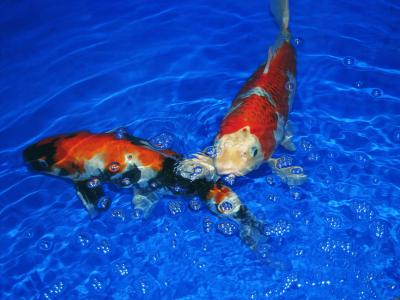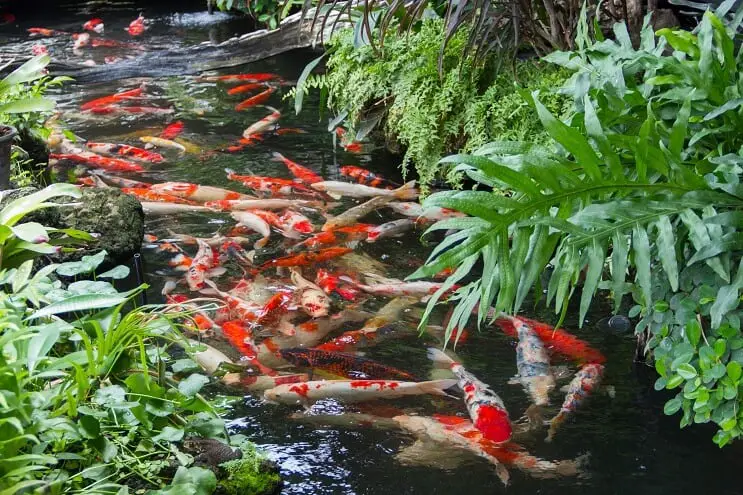Koi Pond Nitrite Levels, Pond Water Quality
Koi pond nitrite levels Indeed lately is being sought by users around us, maybe one of you personally. Individuals are now accustomed to using the net in gadgets to view image and video information for inspiration, and according to the name of the post I will talk about about Koi Pond Nitrite Levels.
- Extra Koi Pond Features Worth The Investment
- How To Treat High Nitrite In A Pond Pond Aquarium Problem Solver
- Pond Water Quality
- Pond Test Kit Nitrite Test By Nt Labs
- How Hot Is Your Orlando Central Florida Pond
- Understanding The Nitrogen Cycle Water Garden 101 The Pond Guy
Find, Read, And Discover Koi Pond Nitrite Levels, Such Us:
- Pond Water Quality Koi Pond Chemistry
- Pond Water Quality
- Language Of Koi Optimizing Water Quality For Your Koi Pond Trade Magazine
- What Is A Koi Pond And How To Build Your Own Best Setup Ideas Fishkeeping World
- Pond Water Test Kit For Ammonia Nitrite Nitrate And Ph Kockney Koi
If you re searching for Koi Fish Pond In Backyard you've come to the ideal location. We have 104 images about koi fish pond in backyard including pictures, pictures, photos, backgrounds, and much more. In such webpage, we also have number of images out there. Such as png, jpg, animated gifs, pic art, logo, black and white, translucent, etc.
High nitrite levels can result in a condition known as brown blood disease.

Koi fish pond in backyard. You may notice fish gasping at the pond surface or hanging near air stones. I originally ran a sieve and eb60 bead filter but as i was struggling i added a shower with 40 litres of csm which i hoped would help. The ideal range for nitrite is 000 parts per million.
Test the level of nitrates in the water using a nitrate testing kit. Bacteria convert the ammonia into less toxic nitrates but its crucial to keep levels in check to prevent algae overgrowth and eventual illness. The best way to control high nitrate levels in your pond.
At levels below 80 ppm nitrates are not a problem. Been doing 10 water changes for the last few weeks but did neglect over the winter. Before you start treating the water for nitrates.
The pond is 12k litres and i dont feed heavily. How nitrite is metabolized. Stage three converting nitrite to nitrate.
Every koi keeper should own a simple test kit to test the water quality of their pond water. Nitrates are the last chemical produced in the nitrification cycle. The result might be ammonia a compound that has nitrogen as a key element.
Nitrite is a naturally occurring chemical in your aquarium and is created through the breakdown of ammonia by bacteria in your pond as part of the nitrogen cycle. High nitrite levels can cause irreversible damage to your fishs liver spleen nervous system and cause kidney damage. As the ammonia in the water begins to reduce the secondary break down product nitrite will begin to increase and this is also very poisonous to fish.
Nitrite is a skin irritant and will cause the fish to display symptoms of irritability such as rubbing themselves jumping or even skimming across the surface of the pond. In most ponds they are consumed by the algae in the pond well before they kill the fish. The more fish you have in your koi pond the more nitrates will wind up in the water.
High nitrite levels will hamper a kois red blood cells from absorbing and moving oxygen through the body. A reading of 025 ppm or higher is dangerous to your fish and indicates that you need to take immediate action to reduce the nitrite level in your koi pond. Have always struggled with nitrates since the pond went in 18 months ago.
They are relatively not toxic compared to ammonia and nitrites but can kill fish at levels over 300 ppm. Known as brown blood disease resulting from the combination of the hemoglobin and nitrite your koi will eventually suffocateeven in the presence of high oxygen concentrations. It is possible and inexpensive to reduce the levels of nitrates in a koi pond.
Organic matter discharges nitrogen as it decomposes in a pond.
More From Koi Fish Pond In Backyard
- Koi Fish Uk
- Koi Fish Pond Filter System
- Pond Fish Have White Stuff On Them
- Koi Pond Algae
- Koi Pond In Backyard
Incoming Search Terms:
- Pond Water Quality Koi Pond In Backyard,
- Everything You Need To Know About Building And Maintaining A Koi Pond Aquarium Stuffs Koi Pond In Backyard,
- Amazon Com Api Pondcare Master Liquid Test Kit Pond Water Treatments Pet Supplies Koi Pond In Backyard,
- Ammonia In Ponds Is Deadly For Koi And Pond Fish What Is Aeromonas Alley Koi Pond In Backyard,
- Testing Water Part 2 Koi Pond In Backyard,
- High Ammonia Nitrite And Nitrate In My New Pond Help Koi Carp And Japanese Gardens Koi Pond In Backyard,








